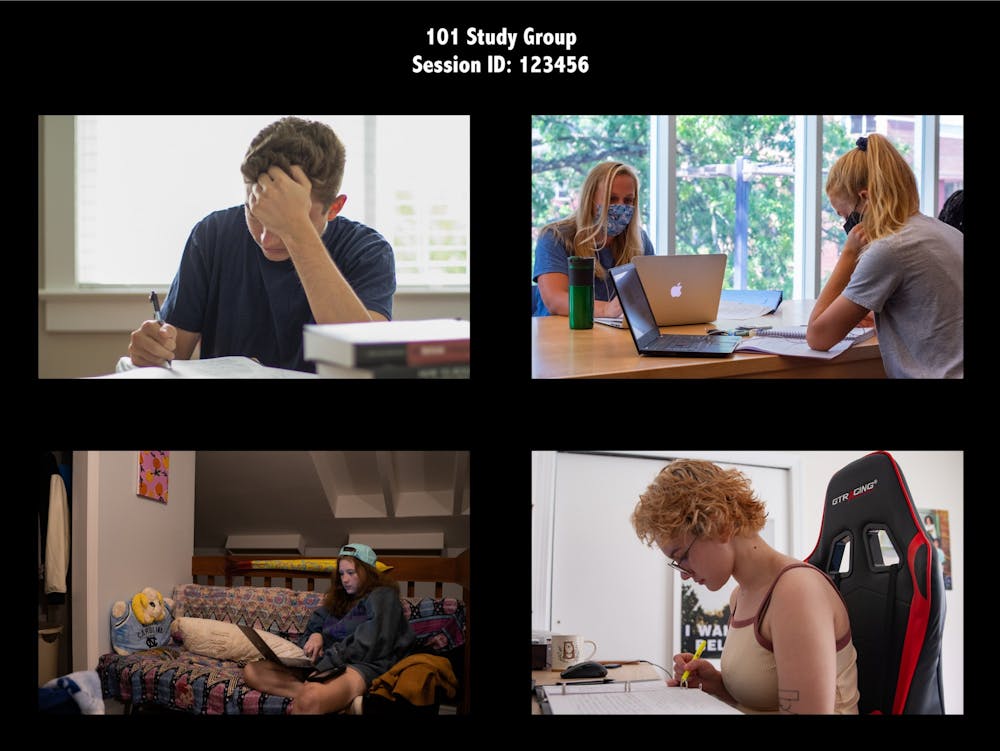Since UNC's transition to online classes, students have traded auditorium halls with hundreds of classmates packed into rows for Zoom sessions in individual boxes.
But many students said the virtual format has resulted in a sense of disconnect among peers while taking these high-volume classes.
Joel Andrade, who is taking a section of Planet Earth, a course in the geological sciences department, with over 100 people, said the fact that he takes the class in a desk alone in his dorm makes it an isolating experience.
“It could literally just be a one-on-one with me and the professor — it would be the same thing," Andrade said. "Being in a lecture hall with 100 other students would be a bit more beneficial just to have people to talk to.”
He said the disconnect can be attributed to the fact that not many students participate in his class and choose to turn off their video cameras during class time.
“We’re all alone,” Andrade said.
CollegeData — which provides demographic information of higher education institutions through the National Association for College Admission Counseling — says seven percent of classes at UNC have more than 100 students enrolled.
However, it’s unclear which academic year that percentage is referring to.
UNC Media Relations has not provided an exact number of classes at UNC that have more than 100 students in attendance this semester at the time of publication because the records are not “readily available.”




